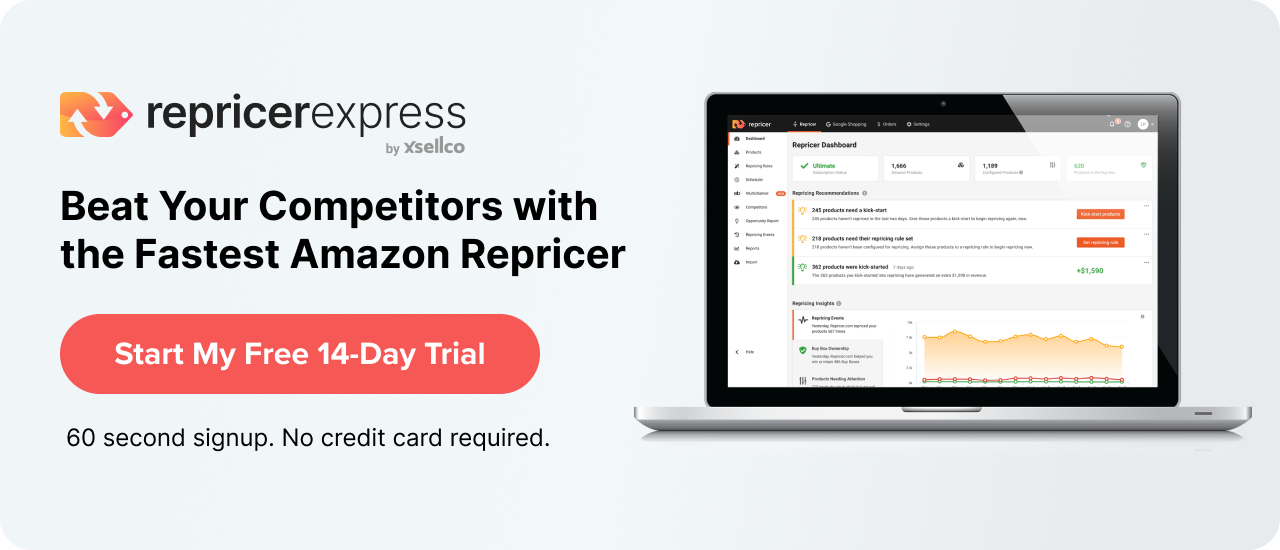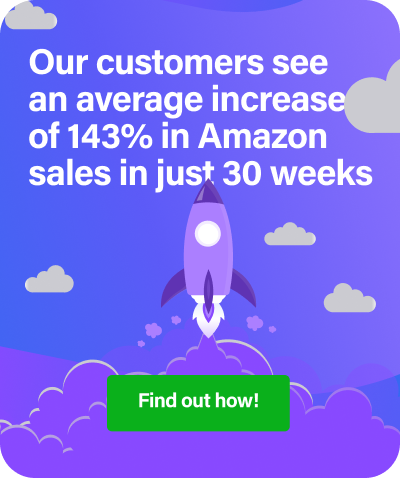Probably the toughest part about breaking into selling on Amazon is cultivating a good base of buyers. You might get one or two people poking around, but you can’t pay the bills with just curiosity. One of the most sure-fire ways RepricerExpress knows to getting established on Amazon is by building up a coterie of feedbacks so that you can snowball more and more buyers into getting on-board.
Are You the Type of Amazon Seller Who Should be Asking for Feedback?
Hang on. Before you roll your eyes and say that all Amazonians should be seeking seller feedback and that that’s a redundant question to ask, there are actually a few cases where it may not be of utmost importance (i.e. the super casual seller).
But take a quick look below to see if you’re one of the sellers who would benefit from soliciting seller feedback.
- If you’re brand new and want to get established.
- If you’re established and find yourself up against a wall because of other sellers selling similar items.
- If you’re driven by winning the Buy Box.
- If you’re selling a private label and want to protect yourself from others piggybacking on your ASIN.
- If you’re reselling other products.
Having said that, there’s a bit of a craft in maximising feedback so you get the best all-around.
Measure Twice, Cut Once, and Get the Feedback That’ll Most Help You Out
Okay, so now we’ve established you’re the type of seller who should be gently prodding buyers to say something (hopefully nice!) about you, but what sort of plan should you follow that’ll ensure you do it right? Well, if you can tie your shoelaces, brush your teeth or toast a piece of bread, then you have the skills to handle this part.
Step 1: After the Order’s Been Confirmed/Shipped
You want to strike while the iron’s hot and the purchase is still fresh in your buyer’s mind, but not so soon that it looks like you’re tugging on their shirtsleeve, saying, ‘Can I have your feedback? Can I have your feedback?’
The ideal time-frame is between 24-48 hours after the order’s been confirmed and/or shipped, and it’s mainly so your email doesn’t get swallowed up by Amazon’s automated one. Why is this important? Because you want to separate yourself from Amazon as your own friendly entity.
Step 2: Following up with Them
Unless you’ve got that great buyer who provides feedback right away, there’s a good chance you’ll have to send a follow-up email. There are two ways you can do this as well.
If you sent your first email after the order was confirmed, send the second one after the item was marked as being out for delivery. And if you sent the first email after the order was shipped, then pen the second email 24-48 hours after the buyer received their product.
Step 3: Keep These Metrics in Mind as Motivation
So far, we’ve only said that seller feedback is important and you should be trying to get it. But…why? What is it about seller feedback that makes it so crucial to succeeding?
There are four criteria Amazon uses to gauge your performance as a seller, and they are:
- Late Shipping Rate: In your account, you have a bunch of orders that aren’t confirmed by the time they’re expected to be shipped. Now take that number, and divide it by the number of orders in a specific time-frame and you’ve got your late shipping rate. If that number gets above 4%, you could be in some trouble (i.e. account suspension).
- Refund Rate: This one’s pretty simple to calculate — number of refunded orders divided by total orders in a time-frame. Communicating with your buyers can help reduce the refund rate so your account stays in good standing.
- Pre-Fulfilment Cancellation Rate: If an order gets cancelled before you can fulfil it, then you’ll want to take the total number of those and divide it by the total number of all orders. However, unlike your late shipping rate of 4%, you’re only allowed to reach 2.5% before Amazon starts getting concerned.
- Order Defect Rate: This is probably one of the areas were talking to your buyer and getting their feedback matters most, as it encompasses so many different things — negative feedback, credit card chargeback or A-to-Z Guarantee claim. If you had to focus on only one of those areas, we’d say reducing/eliminating negative feedback would be it.
Optimize Your Amazon Prices for Free
Try RepricerExpress free for 15 days, no credit card needed.



